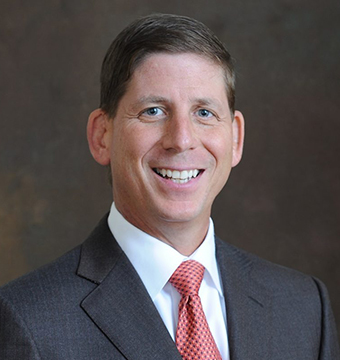And Dr. Irrgang’s litmus test is just a start.
In what might be the most emailed article to hit the social networks of physical therapy comes this gem from the NY Times entitled Treat Me, but No Tricks Please by Gina Kolata. I wish more consumers were as inquisitive as Ms. Kolata as it would be a boon to PT practices that train, practice, and insist on evidence based practice. I only hope that Ms. Kolata likewise inquires her physicians on treatment interventions for other conditions-am confident that it would highlight even more the significant lack of evidence in medicine generally.
The article raises great points-evidence, cost of PT, unproven interventions, stretching, research and apparently the easy referrals generated by MD’s in New York for physical therapy (side question for Gina, do these docs refer to their own clinic or any clinic?).
For purposes of narrowing the focus to make a point, I am only going to concern myself with the last issue raised:
“with all that voodoo physical therapy out there, though, how can you tell if what you are getting is helping or useless?”
Dr. Irrgang essentially suggests that you have to be inquisitive and find a PT that can explain the benefits and risks of various treatment options and who can defend evidence to support their treatment. I think this is a good start.
I would add the following 4 questions:
*Can you provide evidence to support treatment in the most common PT diagnoses-low back, cervical, upper extremity, lower extremity, and therapeutic exercise generally.
*Are you board certified in your specialty area, residency or manual therapy fellowship trained?
* Can you supply reports from external organizations that indicate your patient satisfaction/loyalty or clinical outcomes?
* How does your organization provide PT’s on-going training and feedback to ensure consistency and decreased variation of treatment interventions across the most common conditions?
My recommendation to Gina or any other inquisitive consumer is if the answer to any of the questions other than the second one is “no”, move on until you find a “voodoo less” therapist.
I look forward to the thoughts and comments on this issue and the NY Times article.
